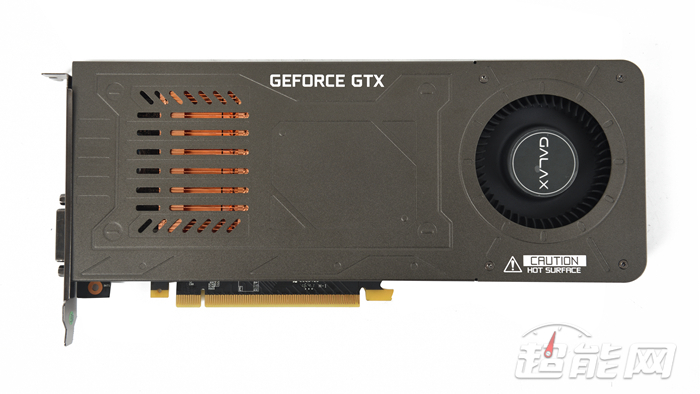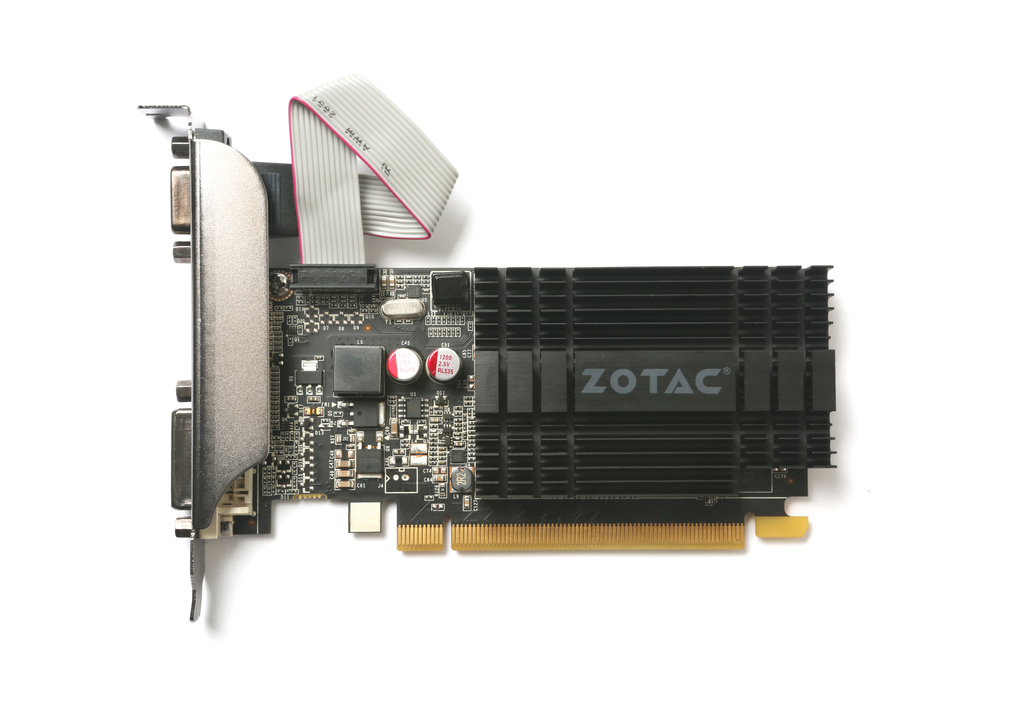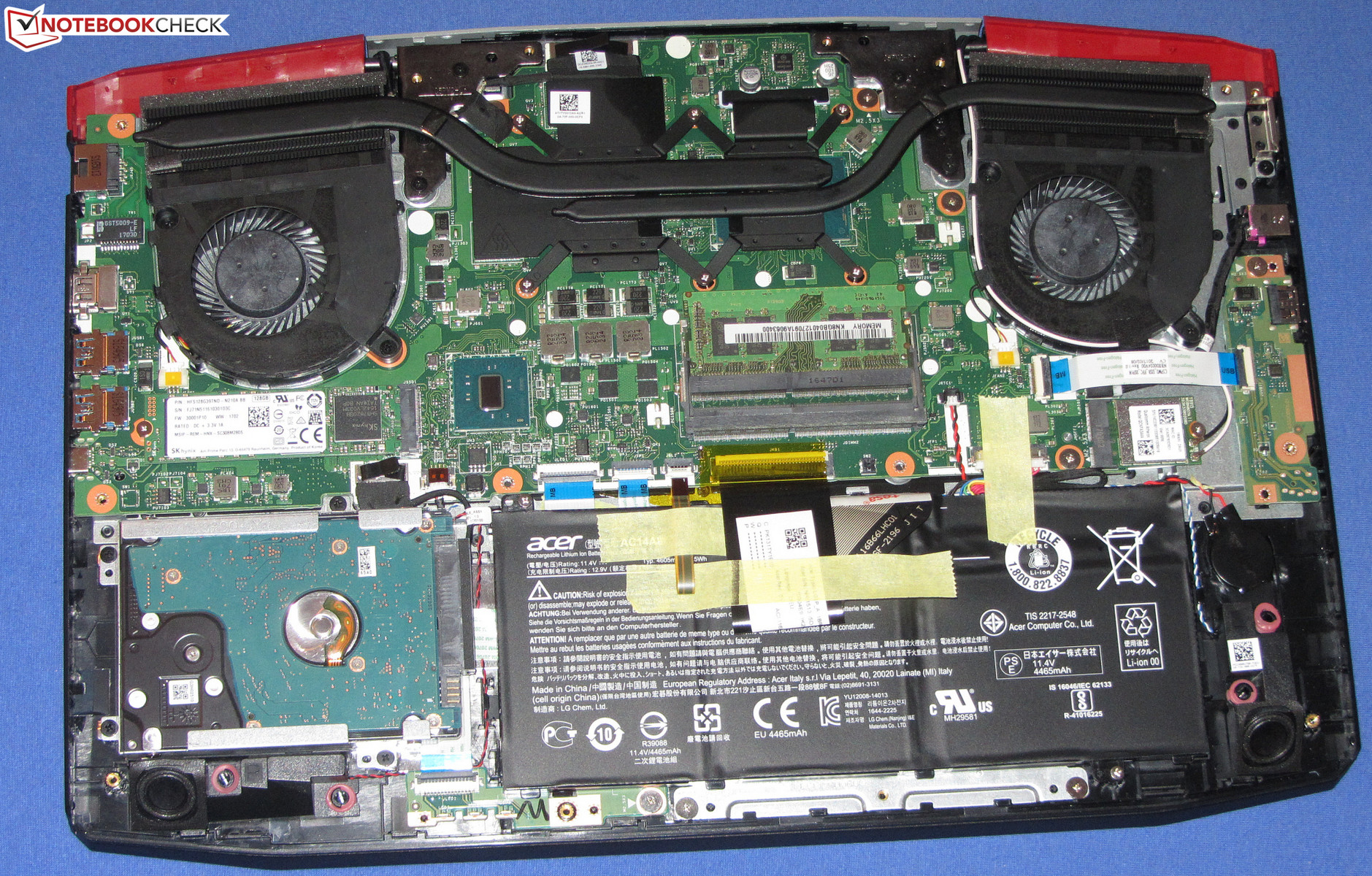1 Slot Nvidia Gpu
PNY VCQP400V2-PB PCIe 3.0 GPU NVIDIA Quadro P400 V2 Graphics 2GB GDDR5 256 CUDA Cores Mini-DisplayPort 1.4 (3), Single Slot.
ASUS NVIDIA GeForce GT 710 Graphics Card (PCIe 2.0, 2GB GDDR5 Memory, 4X HDMI Ports, Single-Slot Design, Passive Cooling) 4.5 out of 5 stars 151 $74.64 $ 74. PNY - XLR8 Gaming Single Fan NVIDIA GeForce GTX 1650 SUPER Overclocked Edition 4GB GDDR6 PCI Express 3.0 Graphics Card - Black Model: VCG16504SSFPPB-O SKU: 6407305.

Nvidia CEO Jensen Huang announced the RTX 3080 as Nvidia's 'new flagship' GPU on Tuesday morning, confirming over a month of leaked rumors and card designs. This was met with a flurry of other hardware, app, and software partnership announcements, but arguably the biggest numbers out of today's event came in the form of performance and price.


Huang alleged that the RTX 3080 will 'double' the performance of the RTX 2080 GPU while starting at $699, with hardware going on sale September 17. Next to that, Huang announced the RTX 3070, whose power will reportedly exceed the $1,200+ RTX 2080 Ti while starting at only $499.
1 Slot Nvidia Gpu
After these, the three-slot RTX 3090 was announced without any aspirations of value, but with a September 24 launch starting at a whopping $1,499. This was followed by a sizzle-reel of fans playing recent RTX-enabled 3D games at 8K resolution and '60 frames per second.'
“Pascal friends: It is safe to update”
The announcements came with a flurry of Nvidia-handled specs, particularly those couched in Nvidia's estimations of performance for each card, so you'll see in the above gallery how Huang's performance estimations might break down differently depending on the software in question. But in at least one case, the claim checks out. Though Huang claims that the RTX 3070 will exceed the 2080 Ti, one of the charts slots it as more of a '1440p, 60fps' card with RTX effects enabled top-to-bottom—but that's quite honestly the performance you can expect from a current RTX 2080 Ti. Its 4K/60fps threshold is easier to reach with either RTX effects turned down or DLSS turned way up.
AdvertisementThe 45-minute presentation saw Huang repeatedly reference Nvidia's two-year publicity campaign about RTX technologies and how they have been a crucial pivot due to what Huang calls 'the ultimate limits of rasterization approaching.' That sales pitch, combined with the leap in GPU architecture on the jump from Turing to Ampere process, led Huang to make the following bold claim: 'To all my Pascal gaming friends: It is safe to update now.'

The Ampere process ushers in 28 billion transistors on its cards, up from Turing's 19.8 billion, and it also supports what Huang describes as 'four-level pulse amplitude modulation G6X memory,' which will be found in both the RTX 3080 (10GB) and the RTX 3090 (a whopping 24GB). The RTX 3070, meanwhile, will sport 8GB of GDDR6 memory, no 'X' there. The CUDA core counts for each are as follows: 10,496 on the RTX 3090; 8,704 on the RTX 3080; and 5,888 on the RTX 3070. Those are all a significant leap from the 4,352 CUDA cores on the RTX 2080 Ti from late 2018.
We'll have to wait longer for a whitepaper breaking down other technical aspects of the RTX 3080 and 3090 ahead of their September launches. While we'd love to point to leaked specs posted on Monday from GPU manufacturer Gainward, these got the CUDA core counts incorrect, so we're going to hold momentarily on those numbers. We're also curious to see exactly how the RTX 3000 line's PCI-e 4.0 support will factor into performance, and whether anyone holding onto high-end Intel CPUs will suffer with a previous generation of motherboards that max out at PCI-e 3.0.
AdvertisementThe rest of the event's information can be found in the second gallery, and this revolved around software that will leverage RTX-specific technologies. The most interesting of these is Nvidia RTX IO, which promises to streamline delivery of computing assets of all kinds straight to the GPU that might otherwise be routed to the CPU. (Nvidia would love for you to do this, since its Tensor cores sure want to blur the line for what kinds of computing is handled on the GPU side.)
Obviously, we want to know more—and to go hands-on with the results. (Or, in the case of VR on high-resolution headsets like Valve Index and HP Reverb G2, to go eyes-on with the results.) Hopefully, we'll have good news to share with Ars Technica readers on that front by the end of September.
1 Slot Nvidia Gpu Installer
Update, 2:15pm EDT: Thanks to a deep-dive hands-on video from Digital Foundry's Richard Leadbetter, we can confirm exactly how the RTX 3080's 12-pin socket looks and works. The GPU will ship with a dual 8-pin adapter for those whose PSUs aren't equipped with a smaller, neater 12-pin cable.
Update, 4:21pm EDT: With at least one hardware partner announcing its versions of the RTX 3000 series cards, we have more information on specs. Zotac's version of each card includes additional specs as follows, which could vary compared to the eventual Nvidia 'founders' editions and those from other manufacturers.
- RTX 3090: 384-bit memory bus, 1,695MHz boost clock, 19.5Gbps memory bandwidth, 350-watt max power consumption
- RTX 3080: 320-bit memory bus, 1,710 MHz boost clock, 19 Gbps memory bandwidth, 320-watt max power consumption
- RTX 3070: 256-bit memory bus, 1,725MHz boost clock, 14 Gbps memory bandwidth, 220-watt max power consumption
Listing image by Nvidia
10: GAMING PERFECTED
The fast, powerful GeForce® GTX 1050 delivers great experiences for every gamer. Now, you can turn your PC into a true gaming rig, powered by NVIDIA Pascal™—the most advanced GPU architecture ever created. It’s loaded with innovative NVIDIA Game Ready technologies that let every gamer experience the latest titles in their full glory.
1 Slot Nvidia Gpu Drivers

1 Slot Nvidia Gpu Drivers
| GPU Engine Specs: | |
|---|---|
| CUDA Cores | 768 |
| Graphics Clock-Base Clock (MHz) | 1290 |
| Boost Clock (MHz) | 1392 |
| Memory Specs: | |
| Memory Clock | 7Gbps |
| Standard Memory Config | 4GB |
| Memory Interface | GDDR5 |
| Memory Interface Width | 128-bit |
| Memory Bandwidth (GB/sec) | 168.2 |
| Bus Support | PCI-E 3.0 X16 |
| Feature Support: | |
| NVIDIA Ansel | Yes |
| NVIDIA G-SYNC™-Ready | Yes |
| NVIDIA GameStream™-Ready | Yes |
| NVIDIA GPU Boost™ | 3.0 |
| Microsoft DirectX | 12 API with feature level 12_1 |
| Vulkan API | Yes |
| OpenGL | 4.5 |
| OS Certification | Windows 7-10, Linux, FreeBSDx86 |
| Display Support: | |
| Mulit Monitor | Yes |
| Maxmium Digital Resolution | 7680x4320 at 60 Hz RGB 8-bit with dual DisplayPort connectors or 7680x4320 at 60 Hz YUV420 8-bit with on DisplayPort 1.3 connector |
| HDCP | 2.2 |
| Standard Display Connectors | Dual Link DVI-D, HDMI 2.0b, DisplayPort 1.4 |
| InternalAudio Input for HDMI | Internal |
| Standard Graphics Card Dimensions: | |
| Length | 211mm |
| Height | 99.8mm |
| Width | 1-slot |
| Thermal and Power Spec: | |
| Minimum System Power Requirement (W) | 400 |
| Supplementary Power Connectors | NA |
| Accessories: | |
| Driver CD Kit | Yes |